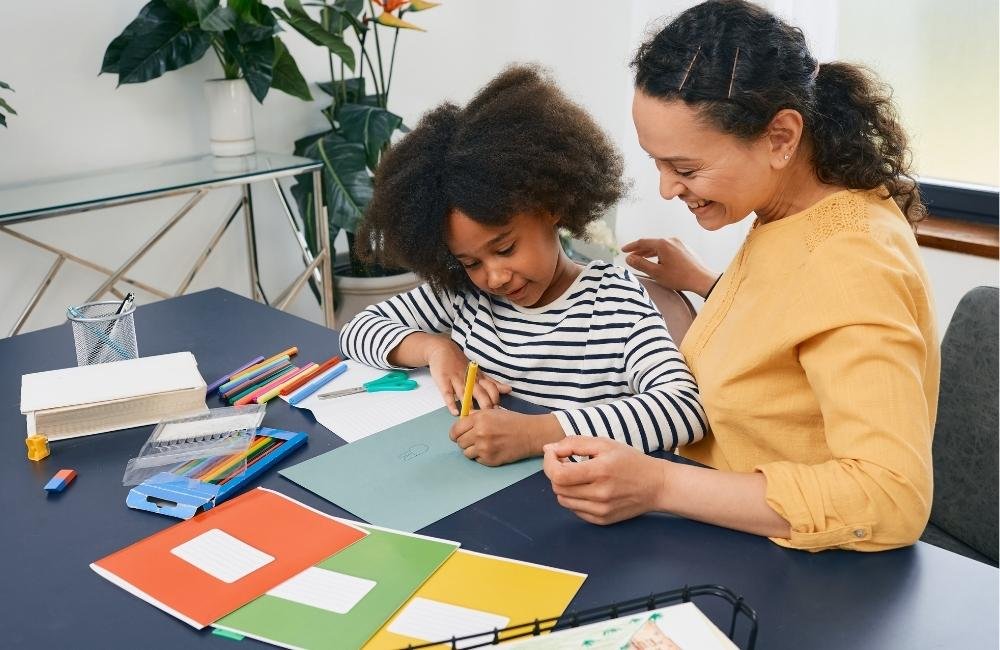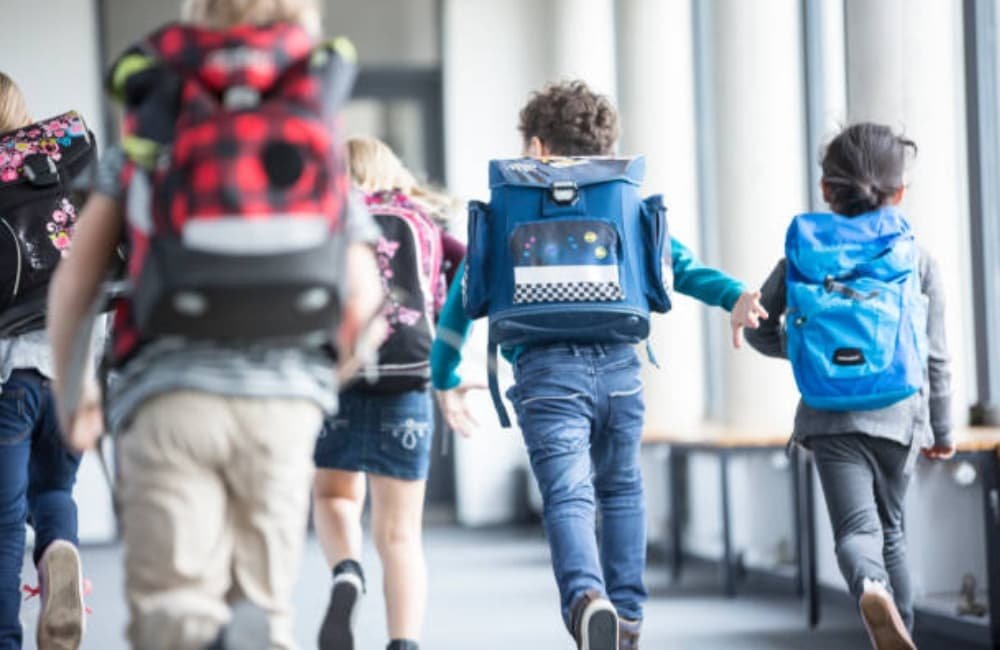How Language Lessons Help You Understand Serbian Culture: Key Insights and Cultural Connections

Learning about a culture goes deeper than just hearing stories or watching movies. Serbian language lessons give people a true window into Serbian daily life, traditions, and values. When someone studies a language, they pick up on hidden meanings, jokes, and customs that are hard to notice without understanding the words people use every day.
Taking part in Serbian language lessons allows learners to connect with native speakers in a more meaningful way. Through these classes, topics like food, music, holidays, and manners often come up, helping students experience real-life Serbia far beyond what travel guides offer.
Using Serbian language lessons also means students practice with teachers who can share their own culture through stories and tips. As a result, each lesson is a chance not only to practice speaking but also to discover a new way of thinking and living.
The Connection Between the Serbian Language and Culture
Learning Serbian goes beyond grammar and vocabulary. Understanding how people use words in daily life brings insight into their history and values.
Understanding Cultural Idioms and Expressions
Serbian is rich in idioms, jokes, and phrases that don’t always translate directly. These aphorisms are generally based on every day life, satire, and popular beliefs. “It is even used as idiomatic expression, such as, ‘Nemoj da praviš od muve slona’ (Don’t make an elephant from a fly); you tell someone not to overdo things.” By examining these kinds of expressions, students get an inside look at the way we feel, think and interact. It can be fascinating to observe what topics or situations pop up time and again in proverbs.
Exploring Historical Context Through Language
The Serbian language is shaped by history. Many words and expressions carry the memory of past events, rulers, or cultural changes. Words borrowed from other languages, such as Turkish, German, or French, can show who had contact with Serbia throughout history.
Language lessons often include stories or dialogues that involve holidays, customs, or famous historical figures. Discussing these topics helps explain why certain events matter and how people use language to keep their history alive. Through the language, learners hear voices from different periods and start to understand how the past shapes the present.
Recognizing Social Norms and Values in Communication
Serbian conversation follows unique patterns. Of course some people use formal and informal language based on their relationship, age or setting. Friends, family and strangers get different pronouns and verb forms, which indicate respect or familiarity. Courtesy and greetings also matter. Hello’s, good-bye, small talk – the general social conventions reveal what society values in relationships. For instance, people often ask about how someone is doing health-wise or whether a loved one is well in order to express concern. Through observing these customs language learners obtain an idea of speaking with good manners in a local Serbian way and get a deeper insight into local life in Serbia.
Improving Cultural Immersion Through Language Lessons
Learning Serbian through guided lessons gives people practical language skills while opening the door to deeper local traditions. These skills help students interact better and show respect for daily life, celebrations, and creative arts.
Appreciating Serbian Traditions and Customs
Language lessons offer more than just grammar and vocabulary. They introduce students to how people greet each other, celebrate big events, and behave in social settings. Serbian greetings, for example, are friendly, and small talk often uses polite phrases that show respect for elders and guests.
Lessons may include role-play or dialogues about holiday customs, such as Slava, which is an important family celebration. Understanding these customs through discussion and practice in class makes it easier for learners to join in real celebrations. Since Serbian families value hospitality, knowing the right words and gestures improves every invitation or gathering.
These classes sometimes explain the stories behind different traditions. This helps students feel more connected to the community and less like outsiders. When learners know the difference between formal and informal speech, they avoid common mistakes in group settings.
Engaging with Serbian Art, Music, and Literature
Language learning programs often use popular songs, short stories, and poems in class. Listening to Serbian music or reading Serbian literature in the original language shows how feelings, history, and identity come through words and rhythm.
For example, folk songs about love or old tales about heroes teach students about what matters to Serbian people. Poems help with pronunciation and also teach the meaning behind traditions. Group discussions about famous works in lessons let students ask questions and talk about how these stories have shaped Serbian history.
Using art and music, language teachers introduce common sayings and everyday expressions that are part of daily speech. This makes learning more interesting and connects language skills to daily life. As a result, students feel more comfortable joining cultural events and sharing in local stories.
Conclusion
Language lessons do more than teach vocabulary and grammar. They open doors to the history, traditions, and everyday life that shape Serbian culture.
Through guided practice and real conversations, learners notice how language reflects unique customs and ways of thinking.
Regular lessons also make it easier to explore literature, music, and art with more meaning. Understanding these elements allows learners to connect more deeply with the culture and its people.

Aashley Kai is the Editorial Director of Chelsea Famous Parenting and a licensed expert in early childhood education. She holds a Master’s in Child Psychology from the University of Texas Southwestern Medical Center and has worked as a preschool teacher and child therapist. Since joining in 2024, Aashley has been dedicated to creating well-researched, trustworthy parenting resources. Her work helps parents and caregivers foster nurturing, educational environments for children. Outside of work, she enjoys hiking and photography, capturing nature from a child’s perspective.





